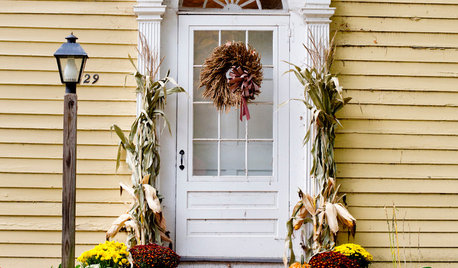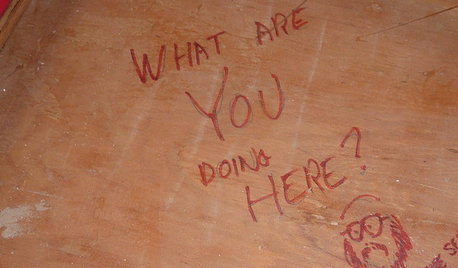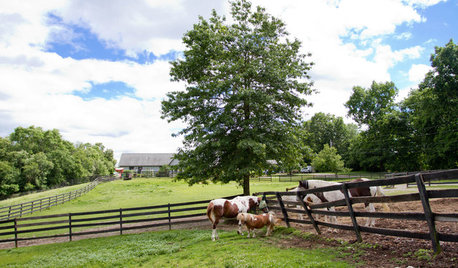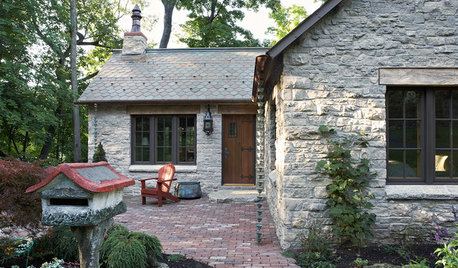First Time Debudding Goat Kids; Call PETA
skagit_goat_man_
16 years ago
Related Stories

KITCHEN DESIGNHouzz Call: Tell Us About Your First Kitchen
Great or godforsaken? Ragtag or refined? We want to hear about your younger self’s cooking space
Full Story
SUMMER GARDENINGHouzz Call: Please Show Us Your Summer Garden!
Share pictures of your home and yard this summer — we’d love to feature them in an upcoming story
Full Story
SAVING WATERHouzz Call: Are You Letting Go of Your Lawn?
Many facing a drought are swapping turf for less thirsty plantings. If you’re one of them, we’d like to hear about it
Full Story
FARM YOUR YARDHouzz Call: Show Us Your One-of-a-Kind Chicken Coops
Do you have a fun or stylish backyard shelter for your feathered friends? Post your pictures and stories in the Comments!
Full Story
DECORATING GUIDESHouzz Call: Show Us Your Christmas Tablescape
Do you bring out the good silver, candles, berries and greens for your holiday table? If so, we'd like to see it
Full Story
DECORATING GUIDESHouzz Call: Show Us Your Seasonal Decor
Grab your camera or camera phone and snap some well-lit shots of autumn style in your home
Full Story
FUN HOUZZDoes Your Home Have a Hidden Message?
If you have ever left or found a message during a construction project, we want to see it!
Full Story
HOUZZ TOURSHouzz Call: Show Us Your Farmhouse!
Bring on the chickens and vegetable patches. If your home speaks country, it might appear in a featured ideabook
Full Story
GREEN BUILDINGHouzz Call: What Have You Salvaged for Home Use?
If your floors, furniture, exterior materials or other home elements have a past life, we'd like to hear the story
Full Story
FARM YOUR YARDHouzz Call: Home Farmers, Show Us Your Edible Gardens
We want to see where your tomatoes, summer squashes and beautiful berries are growing this summer
Full Story





beeliz
skagit_goat_man_Original Author
Related Professionals
Essex Landscape Contractors · Mission Landscape Contractors · Munster Landscape Contractors · Nashua Landscape Contractors · Severna Park Landscape Contractors · Cutler Bay Fence Contractors · Glenpool Fence Contractors · Hawaiian Gardens Fence Contractors · Oregon City Fence Contractors · Woodland Fence Contractors · Clemmons Decks, Patios & Outdoor Enclosures · Glen Ellyn Decks, Patios & Outdoor Enclosures · Hendersonville Decks, Patios & Outdoor Enclosures · Highland Springs Decks, Patios & Outdoor Enclosures · Roanoke Decks, Patios & Outdoor Enclosuresbeeliz
Happy2BeeME
roostersgirl
littledog
buckeye_brian
skagit_goat_man_Original Author
littledog
littledog
doninalaska
fancifowl
skagit_goat_man_Original Author
buckeye_brian
laturcotte1
doninalaska